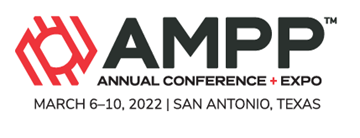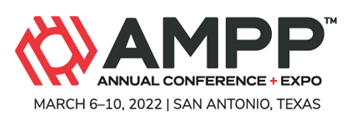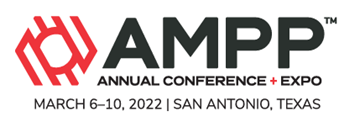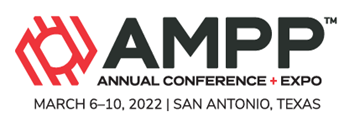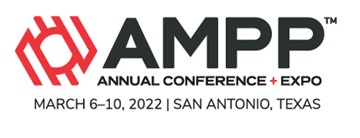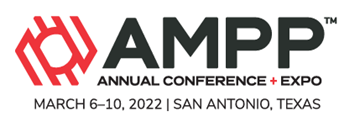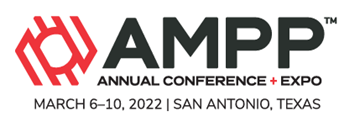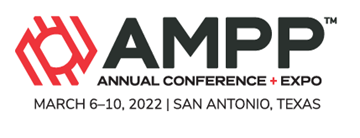Search
Products tagged with '2022 conference papers'
View as
Sort by
Display
per page
Third Generation Polysiloxane Coatings For Elevated Temperature; Field Performance
Product Number:
51322-18044-SG
Publication Date:
2022
$20.00
Toward Objective Evaluation Of FRP Corrosion Barrier Condition
Product Number:
51322-17669-SG
Publication Date:
2022
$20.00
Understanding Atmospheric Corrosion Damage On An Aircraft Representative Galvanic Specimen: A Two-Pronged Approach That Combines Modeling With Experimental Measurement
Product Number:
51322-17638-SG
Publication Date:
2022
$20.00
Understanding Effect Of Scribe Method On Variability In Accelerated Corrosion Test Results
Product Number:
51322-17897-SG
Publication Date:
2022
$20.00
Understanding the Effect of Water Chemistry and Surface Grinding on the Stress Corrosion Cracking Initiation of Filler Metal 82
Product Number:
ED22-17143-SG
Publication Date:
2022
$20.00
Understanding The Effects Of Zn Injection And OLNC-Treatment On 316 Stainless Steel Oxide Under Simulated BWR Conditions
Product Number:
ED22-17227-SG
Publication Date:
2022
$20.00
Upcoming Changes To NSF Drinking Water System Components Program (NSF 600) - No Need To Be Afraid
Product Number:
51322-18136-SG
Publication Date:
2022
$20.00
Upset Conditions In Anaerobic Digesters In Wastewater Treatment Plants Cause Degradation Of Protective Linings
Product Number:
51322-18235-SG
Publication Date:
2022
$20.00
Use Of The Corrosion Prognostic Health Management (CPHM) System On The Mi-24 Helicopter
Product Number:
51322-17885-SG
Publication Date:
2022
$20.00
Use Of Vapor Phase Corrosion Inhibitor For Tank Bottom Protection
Product Number:
51322-17879-SG
Publication Date:
2022
$20.00
Very High Strength Low Alloy Steels For HPHT Applications
Product Number:
51322-17721-SG
Publication Date:
2022
$20.00

